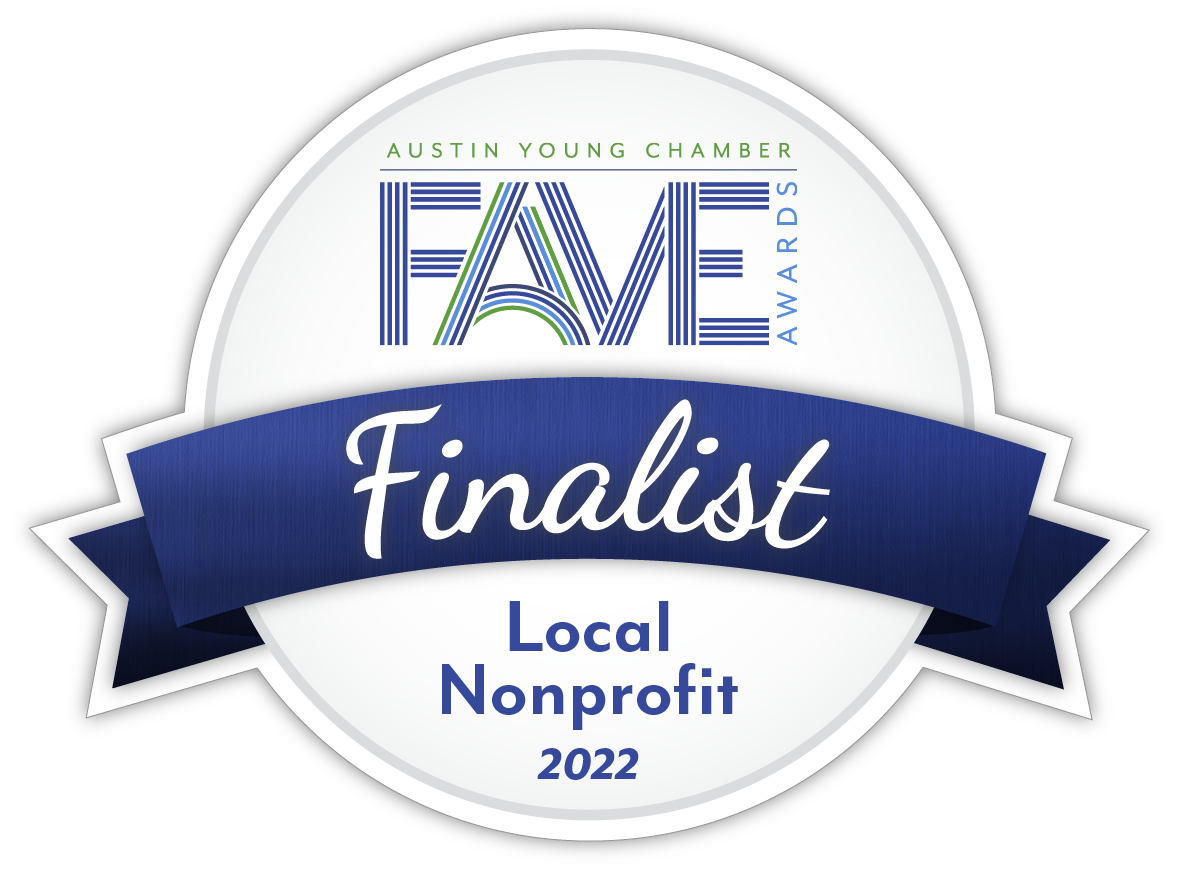Collin McMichael, Education Coordinator
TreeFolks, 10/21/20
Do you get made fun of by your friends for being part squirrel? Is your backyard fence-to-fence nursery pots with hardly any room left for your dogs? Does your roommate constantly needle you about what your plan is with all 500 oak trees you have grown? No? Well, that might all be just me, but seed collection is apparently pretty common among nature enthusiasts!
Why collect seeds? Every tree starts as a seed, and every tree is needed in our fight to reforest Central Texas. TreeFolks plants saplings along creeks and streams throughout Central Texas to combat global warming and the negative effects of reduced tree canopy coverage. Our plantings have the capability of lowering ambient air temperature up to 10 degrees, protecting waterways from runoff and pollution, making our urban spaces quieter, and having positive effects on human health and well-being.
Unfortunately, TreeFolks needs so many young trees for these projects that we have trouble sourcing them from local growers. To boost the capacity of our reforestation efforts, we need your help! With area residents like you, we can turn the tide on deforestation by planting locally sourced and adapted saplings that will preserve our way of life and make Texas enjoyable for all Texans.
It seemed like such a small, innocuous thing when, last year, I wrote a short article for Looking Up! asking readers for information on local walnuts, but those 800 words resulted in an outpouring of support from the community letting us know where we could find walnuts and who’s trees had the most bountiful harvest! Now, we are including multiple species of native walnut in our reforestation mix as we combat climate change by restoring these trees to floodplains across Eastern Travis County and fight local loss of tree canopy by adopting out saplings to East Austin residents.
This wild, unforeseen success of what was barely even going to be a pilot program has become the kernel of a much larger movement. Even this year without a call for walnuts, we’ve received enough donated material to keep the numbers up for next year’s planting season! With this much support, it seems foolhardy not to mention a few other species we would be very interested in sending to our growers so we can include them in our mix.
Our growers are amazing, and spend a lot of their time collecting the seed they grow themselves, but this means they tend to focus on species that are easily sold commercially and are readily available. This leaves many inconspicuous, rare, or poorly represented species uncollected. Luckily, many of our growers, and quite a few of our volunteers, are interested in trying to grow new species, but they do not have the time or do not have a locality at which to collect them. That’s where you come in! You can be a part of the solution to the problem of Texas’s diminishing biodiversity and ever-decreasing canopy cover!
Since we are still in the nascent stages of this program, this year we are expanding the list from one species to just a few. These seeds are not necessarily currently available, so the approximate time of harvest is listed. If you’d like to see the full list of species we are interested in collecting or if you are interested in trying to grow some of these trees yourself, you can email collin@treefolks.org.
TreeFolks Tree Seed Wishlist:
Common Name Seed Timing Scientific Name
1. Texas Yellow Buckeye: August-October (Aesculus pavia var. flavescens)
2. Black hickory: August-October (Carya texana)
3. American smoke tree: April (Cotinus obovatus)
4. Texas Mulberry: June-July (Morus microphylla)
5. Texas Pistache: August-September (Pistacia mexicana)
6. Chickasaw plum: August-October (Prunus angustifolia)
7. Escarpment black cherry: June-August (Prunus serotine var. eximia)
8. Chokecherry: July-August (Prunus virginiana)
9. American Basswood: October (Tillia americana)
10. Rusty blackhaw viburnum: June-August (Viburnum rufidulum)
The more diverse an array of species we can plant the more likely our planting will be successful well into the future. Diverse ecosystems tend to be significantly more stable than their less diverse counterparts. Plus, since it’s a pandemic, what better way to spend your time than social distancing in the woods while gleaning the forest floor for seeds?
So, if you know where any of these trees are or if you have one yourself, we’d love the information! We may not have staff available to collect the seeds, but pre-collected material can always be accepted. If you have a rarer Texas tree that produces a good quality seed that is not on this list, send me an email! We would happily take a few of those seeds off your hands as well. Happy hunting! Reforesting Central Texas one seed at a time may sound like a lot of work, but with your help, we can Keep Austin Rooted!


